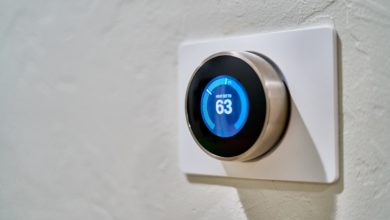It simply means a heat recovery process. It is the process by which dissipated heat is put to good use through conversion into useful forms of heat. This process takes place in large organizations, factories, and institutions. The need for exceptional operational efficiency, reduced cost and diminished CO2 pollution in these organizations necessitates heat recycling, which has the potentials to achieve these effects and lower the warming of our planet. There are forms of heat recycling and also technologies which enable heat recovery.
Waste Heat Recovery
It’s a form of heat recovery where dissipating heat at manufacturing sites is converted into steam as well as electricity. The heat captured can also be channeled into the production process in the shape of things like warm air, oil, water or glycol. This is made possible through the use of waste heat recovery boilers. These boilers have built-in tubes filled with water, which, when heated, generate steam that powers the turbine which produces electricity.
Waste heat upturn can also be made possible from AC units. Here, the heat from air-conditioners is collected and stored in thermal banks. The stored heat could serve as a source of heat during the winter period. In this way, you could avoid burning of fossil fuels and while using summer heat during winter.
Waste Heat is Used to Generate Sound and Electricity
Recently, waste heat has been successfully converted into sound and electricity. A group of physicists led by Orest Symko at the University of Utah reported from an experiment that waste heat could be converted to electricity through an efficient and simple way – sound production.
Combined Heat and Power
This is another form of heat recycling. It is also known as cogeneration. In this process, combined heat and power plant which could take care of the electrical and thermal loads of the facility produces electricity with less cost and greater operational efficiency. The excess heat generated is recovered and converted to processed heat plus a power bonus. Combined heat and power has been described by the U.S Environmental Protection Agency as a clean, efficient as well as reliable approach to generating electricity and heat from a single power source.
Heat Pumps and Thermal Storage
These are the two technologies which make it possible to recover heat from dissipation. Lower temperature heat which is a bit difficult using can be harnessed through the use of heat pumps, which can source additional heat energy from mediums like air, water or the ground. When there’s time lag between heat production and utilization, thermal storage technologies prove useful as they can store heat for hours and will be available on an inter-seasonal basis. These systems also store heat which results from changes in temperature of a medium or phase changes of a medium such as the heat change which occurs when ice is converted to water and vice-versa. The two forms of heat recycling explained earlier, make up the decentralized power generation process which, by leaps and bounds, is more rewarding in power output and efficiency than the centralized procedure.





